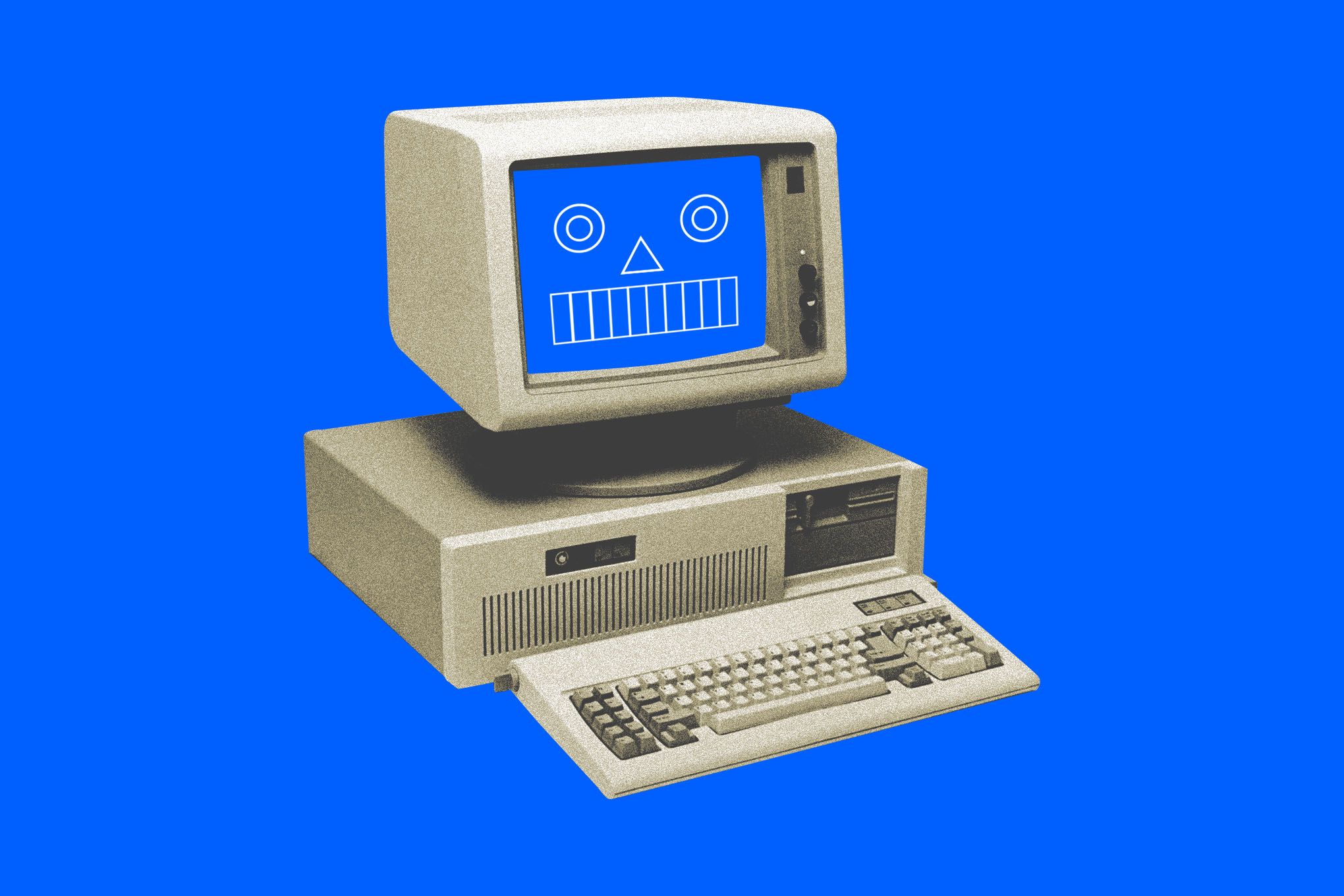Anthropic just dropped a bombshell in the AI bias wars, revealing Claude achieved a 95% political neutrality score - crushing competitors like Meta's Llama (66%) and GPT-5 (89%). The timing isn't coincidental: this comes months after Trump's executive order banning 'woke AI' from government contracts, forcing the entire industry to scramble for political balance.
Anthropic just fired the opening shot in what's shaping up to be the AI industry's most contentious battle yet: the fight for political neutrality. The company released detailed methodology showing how it achieved a stunning 95% neutrality score for Claude Sonnet 4.5, leaving competitors scrambling to catch up in a market suddenly obsessed with bias measurement. The announcement comes with impeccable timing - just months after President Trump's executive order banned 'woke AI' from government contracts, creating a multi-billion dollar incentive for companies to prove their political balance. While Anthropic carefully avoids mentioning the Trump order directly in its blog post announcement, the implications are crystal clear: neutrality isn't just a nice-to-have anymore, it's becoming a business imperative. The company's approach centers on what it calls 'system prompts' - essentially instructions baked into Claude's training that direct it to avoid unsolicited political opinions while maintaining factual accuracy and representing multiple perspectives. But it doesn't stop there. Anthropic revealed it uses reinforcement learning to reward responses that hit specific neutrality traits, including one that explicitly tells Claude to 'try to answer questions in such a way that someone could neither identify me as being a conservative nor liberal.' It's a fascinating glimpse into how AI companies are literally programming political ambiguity into their models. The competitive benchmarking data tells a stark story about where the industry stands. Claude Opus 4.1 scored 94%, while OpenAI's GPT-5 managed 89% - respectable, but still trailing Anthropic's lead. Meta's Llama 4 lagged significantly at 66%, suggesting the social media giant's AI still carries baggage from its content moderation battles. These aren't arbitrary numbers - they're measured using Anthropic's newly released open-source evaluation tool, which could become the industry standard for bias assessment. The regulatory pressure driving these changes runs deeper than just Trump's executive order. While that directive technically only applies to government agencies, industry insiders know the ripple effects will reshape consumer AI products too. As , refining models for consistent political alignment is expensive and time-consuming, making it impractical to maintain separate versions for different markets. already signaled this shift last month when it announced plans to 'clamp down' on bias in ChatGPT, according to . The technical implementation reveals just how complex achieving true neutrality has become. acknowledges that system prompts alone aren't foolproof, but they can make a 'substantial difference' in responses. The reinforcement learning layer adds another level of sophistication, essentially training the model to recognize and avoid politically charged language patterns. It's a delicate dance - too much neutrality risks making AI assistants seem vapid or unhelpful, while too little opens companies to regulatory scrutiny and market backlash. What makes this particularly interesting is how is positioning neutrality as a user empowerment issue rather than just regulatory compliance. 'If AI models unfairly advantage certain views - perhaps by overtly or subtly arguing more persuasively for one side, or by refusing to engage with some arguments altogether - they fail to respect the user's independence,' the company wrote in its announcement. It's a smart framing that turns political neutrality into a feature, not a constraint.

